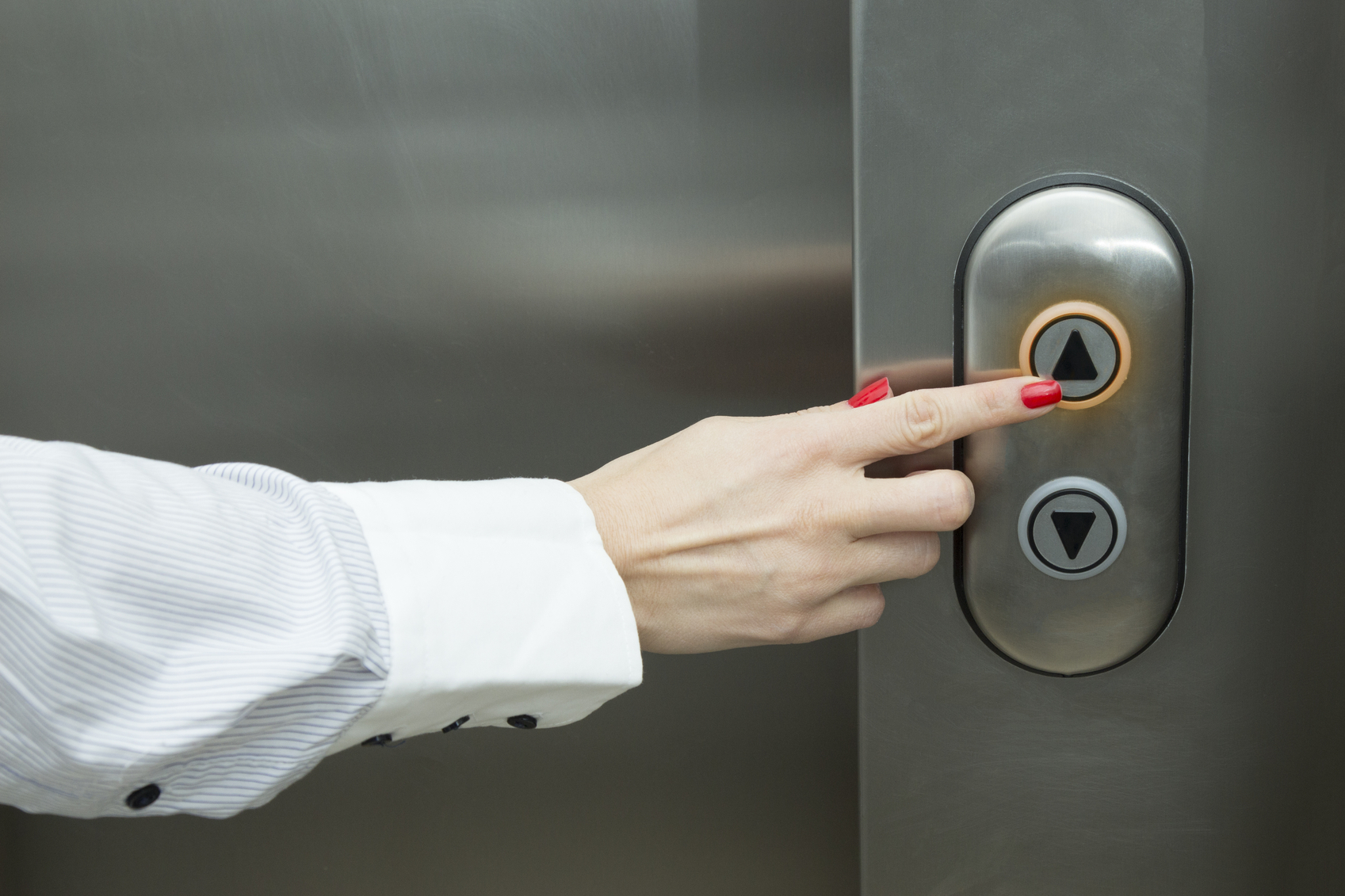Looking Into the Globe of Lifts: Common Problems Encountered by Numerous Lift Mechanisms
As we navigate through the upright transportation systems of modern-day structures, lifts stand out as a vital part of our day-to-day lives. From hydraulic elevators to traction systems and machine-room-less styles, each lift kind comes with its collection of usual problems.
Hydraulic Lifts
Hydraulic lifts, often favored for low-rise buildings, use fluid stress to regulate the motion of the elevator car (lift repair companies). This device entails a hydraulic pump pushing oil into a cyndrical tube, triggering the lift to relocate the wanted instructions. While hydraulic elevators are understood for their quiet and smooth operation, they do come with their very own collection of usual problems
One prevalent trouble with hydraulic elevators is oil leakage. The seals in the hydraulic system can wear out over time, resulting in oil infiltration. This not only creates a mess but can additionally impact the lift's performance if left unaddressed. Furthermore, concerns with the control system, such as malfunctioning valves or a malfunctioning pump, can trigger disturbances in the elevator's movement.
Routine upkeep and punctual repair work are necessary to make sure the smooth functioning of hydraulic elevators. By addressing these common concerns proactively, building owners can decrease downtime and ensure the safety and security and effectiveness of their vertical transportation system.
Traction Elevators
When thinking about upright transport systems in buildings, another typical type apart from hydraulic elevators is the grip elevator. Traction lifts run making use of a system of ropes and weights that move the elevator car by grasping onto the hoist ropes. This mechanism permits for smoother and much faster vertical transportation contrasted to hydraulic systems.
Among the common issues dealt with by grip lifts is rope wear. The constant motion of the ropes within the traction system can result in tear and wear gradually, possibly causing the elevator to breakdown or become risky for use. Regular evaluations and upkeep of the ropes are vital to guarantee the lift's correct functioning and security.
An additional concern that grip elevators may come across is connected to the control system. Problems with the control system can bring about concerns such as irregular motion, hold-ups in feedback times, or perhaps full closures. Routine screening and upkeep of the control system are crucial to stop such issues and make certain the lift's reliability.
Machine-Room-Less (MRL) Elevators

One of the essential parts of MRL lifts is the compact gearless traction device that is mounted within the hoistway. This equipment efficiently drives the elevator auto without the requirement for bulky devices found in traditional traction lifts. In addition, MRL lifts normally make use of a counterweight system to balance the auto, additional improving their power performance.
In spite of their benefits, MRL elevators might encounter difficulties discover here related to repair and maintenance due to the constrained room for tools setup. Availability for servicing components within the shaft can be restricted, calling for specialized training for professionals. Appropriate upkeep timetables and regular inspections are crucial to ensure the continued smooth operation of MRL lifts.
Overloading and Weight Limit Issues
Are elevators outfitted to deal with excess weight tons efficiently and safely? Overloading and weight limitation concerns are crucial concerns in elevator operations. Lift producers style raises with certain weight capacities to make sure passenger security and devices longevity. Going beyond these weight limits can result in various troubles, including mechanical failings, delays, and safety and security hazards.
When elevators are overwhelmed, it puts excessive pressure on the motor, wires, and various other elements, possibly triggering failures or malfunctions. If they detect excess weight, safety and security devices such as sensing units and overload sensors are in place to avoid elevators from moving. In addition, going beyond weight limitations can result in boosted power usage and wear and tear on the elevator system.
To minimize overloading issues, building managers should prominently show weight restrictions in lifts and enlighten owners on the importance of adhering to these limitations - lift repair companies. Regular upkeep checks by qualified professionals can likewise assist ensure that elevators are operating within safe weight criteria. By addressing overloading and weight limitation concerns proactively, structure owners can boost these details elevator security and performance
Electrical System Failures
Surpassing weight restrictions in lifts can not just lead to mechanical concerns but likewise possibly contribute to electrical system failings within the lift facilities. Electric system failings are a crucial problem in elevator operation, as they can trigger unexpected closures, malfunctions, or perhaps security threats. One typical electrical problem is the overheating of components as a result of too much present circulation brought on by overloading the elevator beyond its ability. This can cause damage to the electrical wiring, control, or motor systems, resulting in pricey repairs and downtime.
Regular upkeep and inspections are crucial to identify and attend to possible electrical concerns immediately, making sure the efficient and safe procedure of elevator systems. By adhering to you could look here weight restrictions and performing routine electric system checks, structure owners can reduce the danger of electrical failings in lifts.
Conclusion

Hydraulic elevators, often liked for low-rise buildings, utilize fluid stress to regulate the movement of the elevator vehicle.When taking into consideration upright transport systems in structures, one more typical kind apart from hydraulic lifts is the traction lift. Traction elevators run utilizing a system of ropes and weights that relocate the lift car by gripping onto the hoist ropes. Unlike traditional elevators that require a separate equipment area to house the equipment, MRL lifts integrate many of the components within the shaft, getting rid of the demand for a dedicated maker room.In final thought, lifts encounter common problems such as hydraulic breakdowns, traction system failings, and electric system troubles.